PsychNewsDaily Publishers
100 Summit Drive
Burlington, MA, 01803
Telephone: (320) 349-2484
PsychNewsDaily Publishers
100 Summit Drive
Burlington, MA, 01803
Telephone: (320) 349-2484
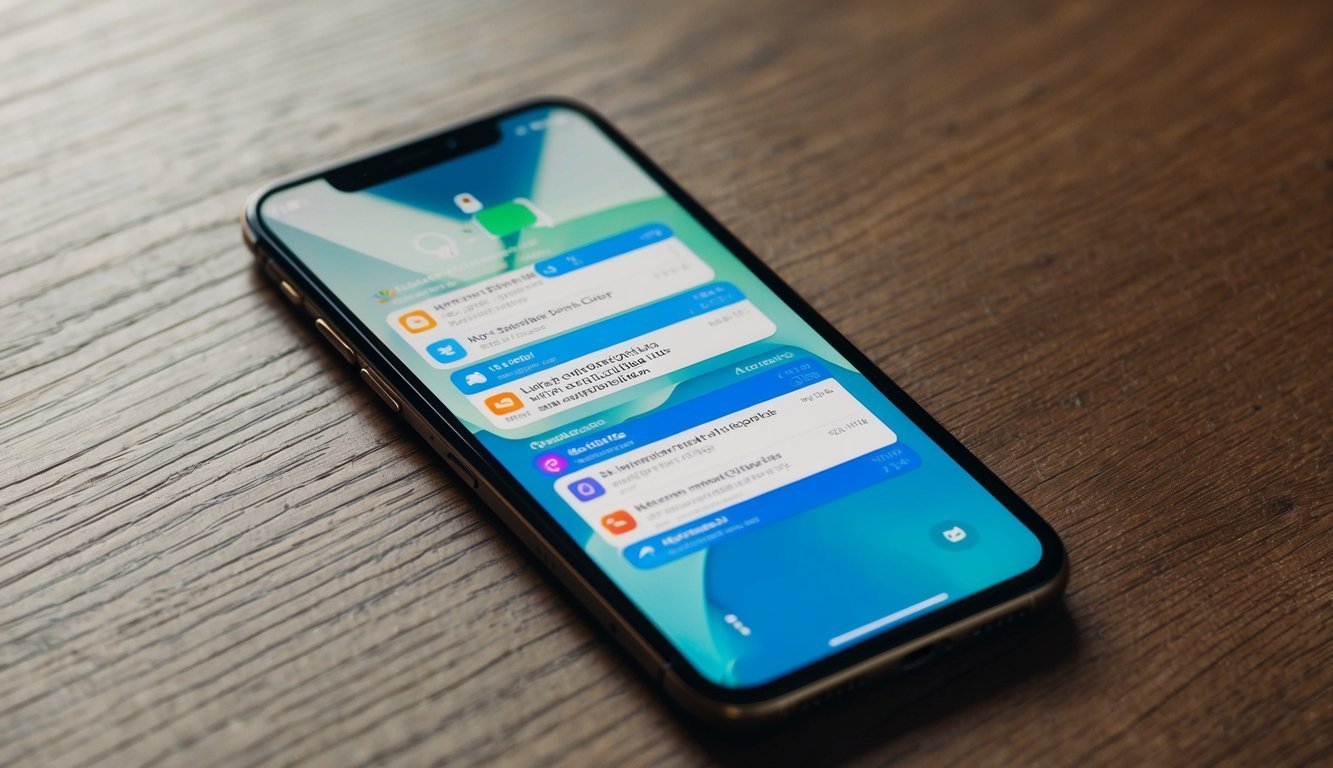
Smartphones have become an essential part of daily life for many people. They are powerful tools for communication, entertainment, and information. A recent study reveals that users, not notifications, initiate 89% of smartphone interactions. This finding challenges the common belief that constant alerts and notifications drive phone use.
Understanding why people reach for their phones can help shed light on the deeper reasons behind smartphone habits.
When individuals take the initiative to interact with their devices, it highlights personal desires and habits rather than just responding to outside influences. This shift in perspective opens the door to thinking about how phone use can change for the better.
As they explore this topic, readers can discover insights about their own smartphone behavior and learn ways to manage their interactions.
By focusing on user-initiated actions, they may find strategies to create a healthier relationship with their phones.
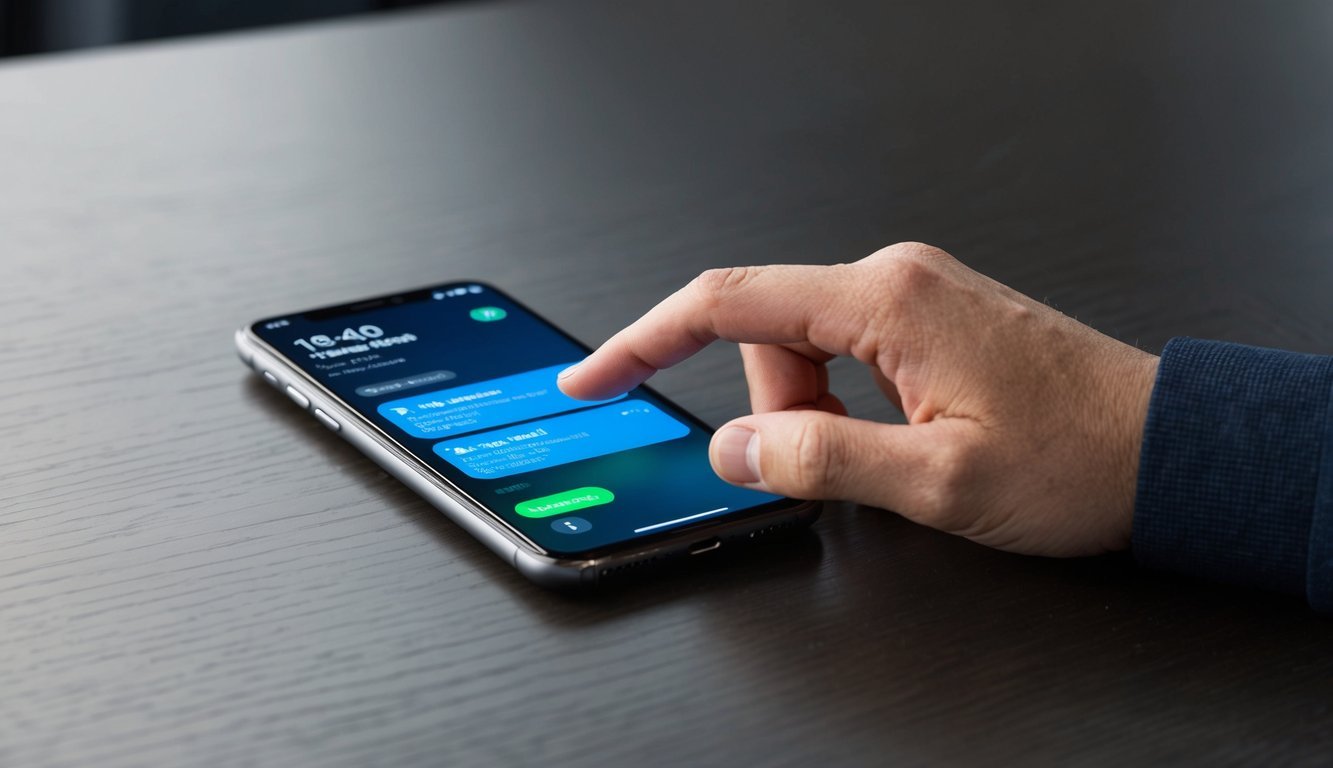
Notifications play a significant role in how people use smartphones. They can trigger responses that lead to distractions, affecting focus and cognitive capacity. Understanding their impact is crucial for managing smartphone habits effectively.
When users receive alerts, it often creates an instant urge to check their phones. This is linked to the brain’s reward system, which releases dopamine when one interacts with the device.
Key factors include:
Though notifications capture attention, they can interrupt tasks and lead to a cycle of distraction. This impact emphasizes the need for awareness of how often and why one checks their device.
To enhance focus, managing notifications is essential.
Effective strategies include:
Adopting these strategies can aid in keeping cognitive capacity intact. By limiting disruptions caused by notifications, individuals can improve their focus and productivity.
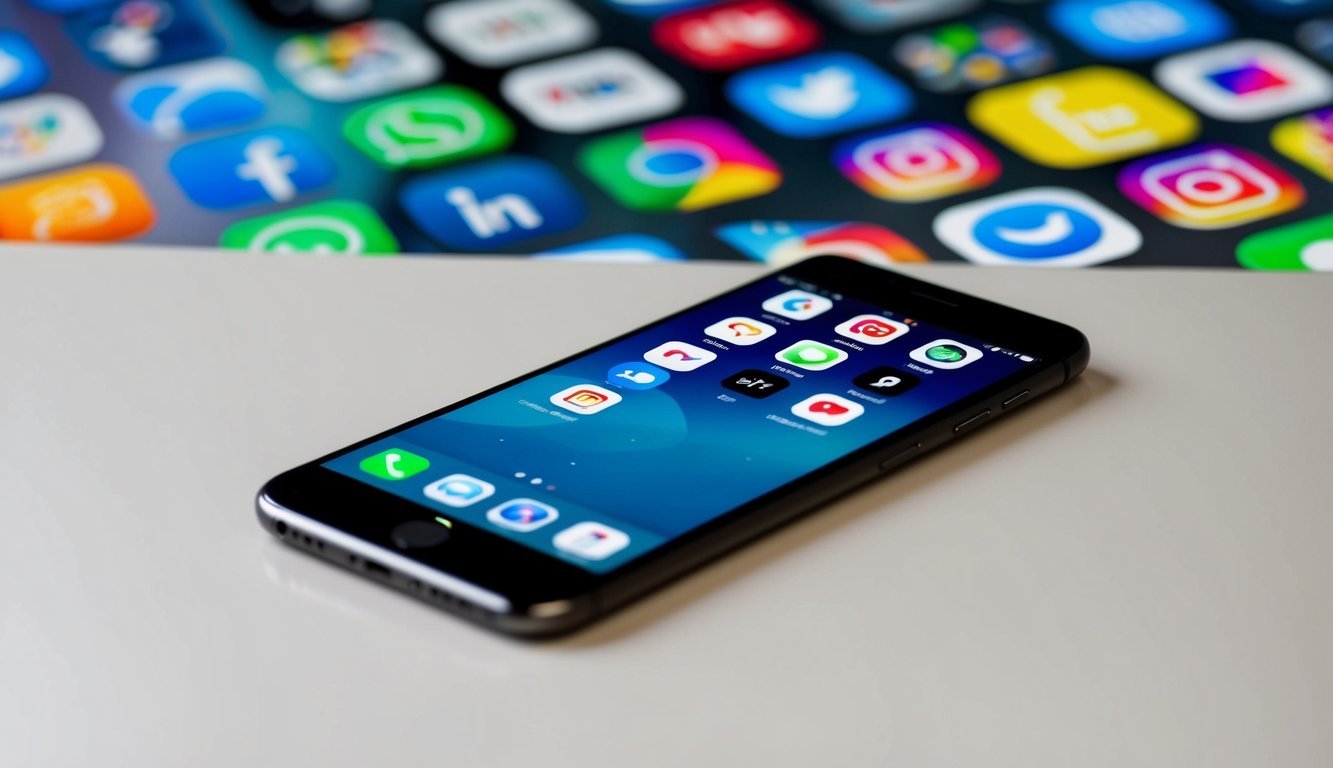
Social media and messaging apps play a crucial role in how people engage with each other. They provide platforms for connection, support, and interaction. This section explores how these tools shape communications and social relationships.
Social media platforms like Facebook, Instagram, and Twitter allow users to share while staying in touch with friends and family. Users can post updates, share photos, and comment on others’ content. This constant sharing fosters a sense of community.
Statistics show that many individuals check social media multiple times a day. This level of engagement can strengthen social relationships and provide necessary social support. It can also lead to a cycle where users feel compelled to interact more often.
Key features of social networking include:
Messaging apps like WhatsApp and Messenger have transformed personal communication. They allow users to send quick messages, share files, and even make voice or video calls.
These apps make it easy to stay in touch, especially for long-distance relationships. Communication feels more immediate and intimate. Group chats enable users to maintain connections with multiple friends at once.
Key benefits of messaging include:
Together, social media and messaging provide tools that enhance engagement and support social relationships.
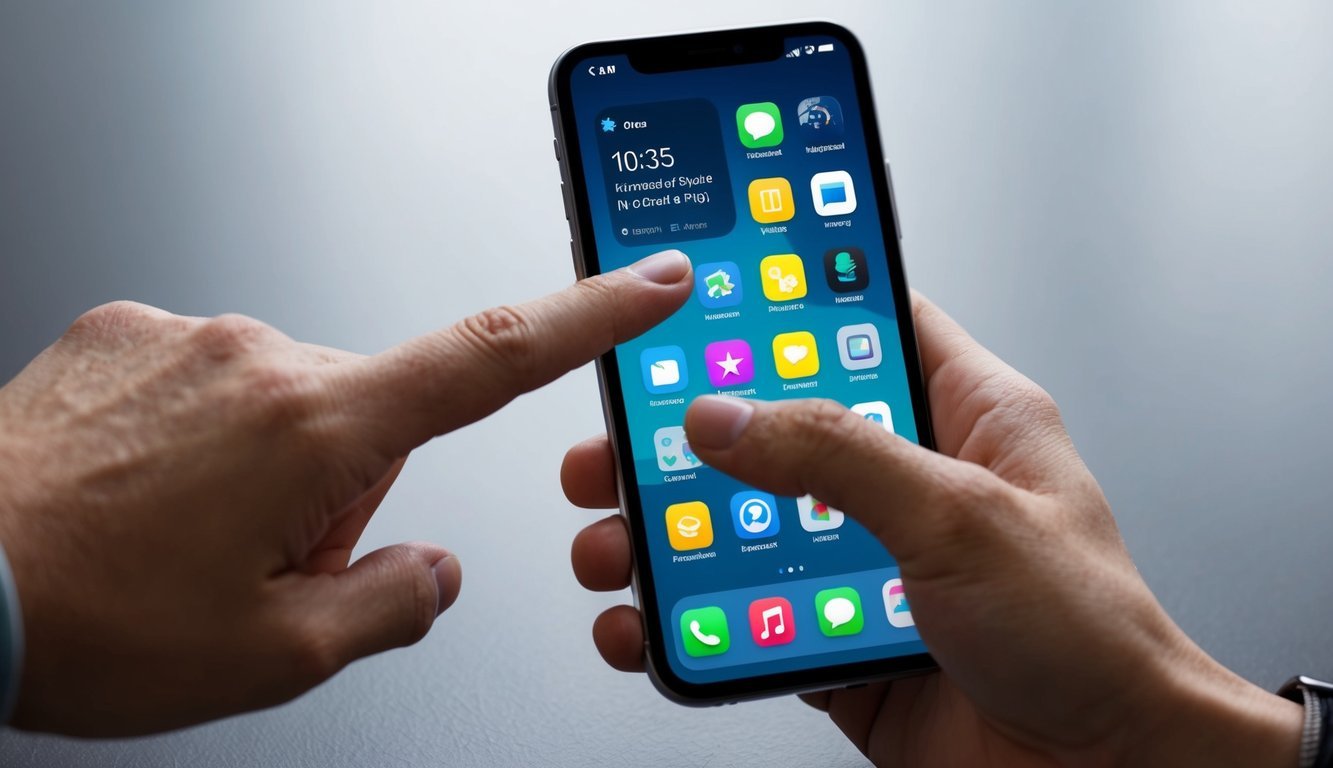
Smartphone addiction can be a serious issue affecting many people today. It often ties closely with mental wellbeing and can lead to negative effects. Recognizing the problem and finding coping strategies are key steps to manage it effectively.
Identifying smartphone addiction can start with simple behaviors. Some signs include:
People may struggle with impulsivity, which means they act quickly without thinking. This can lead to excessive smartphone use, making it hard to focus on tasks.
Combating addiction requires commitment. Setting limits on screen time can help. Apps that track usage might also assist in becoming more aware of habits.
Friends and family play an important role in encouraging healthier behaviors. Support groups can provide a space to share experiences and find new strategies.
Smartphone addiction can have profound effects on mental health. It may lead to increased anxiety, depression, and social isolation. Over relying on smartphones can cause people to miss meaningful interactions in real life.
To improve mental wellbeing, individuals can adopt healthier habits. This includes:
Coping strategies like these help reduce dependency. Focusing on building real-life connections can also enhance social support. A balanced approach to smartphone usage encourages better mental health and a more fulfilling life.
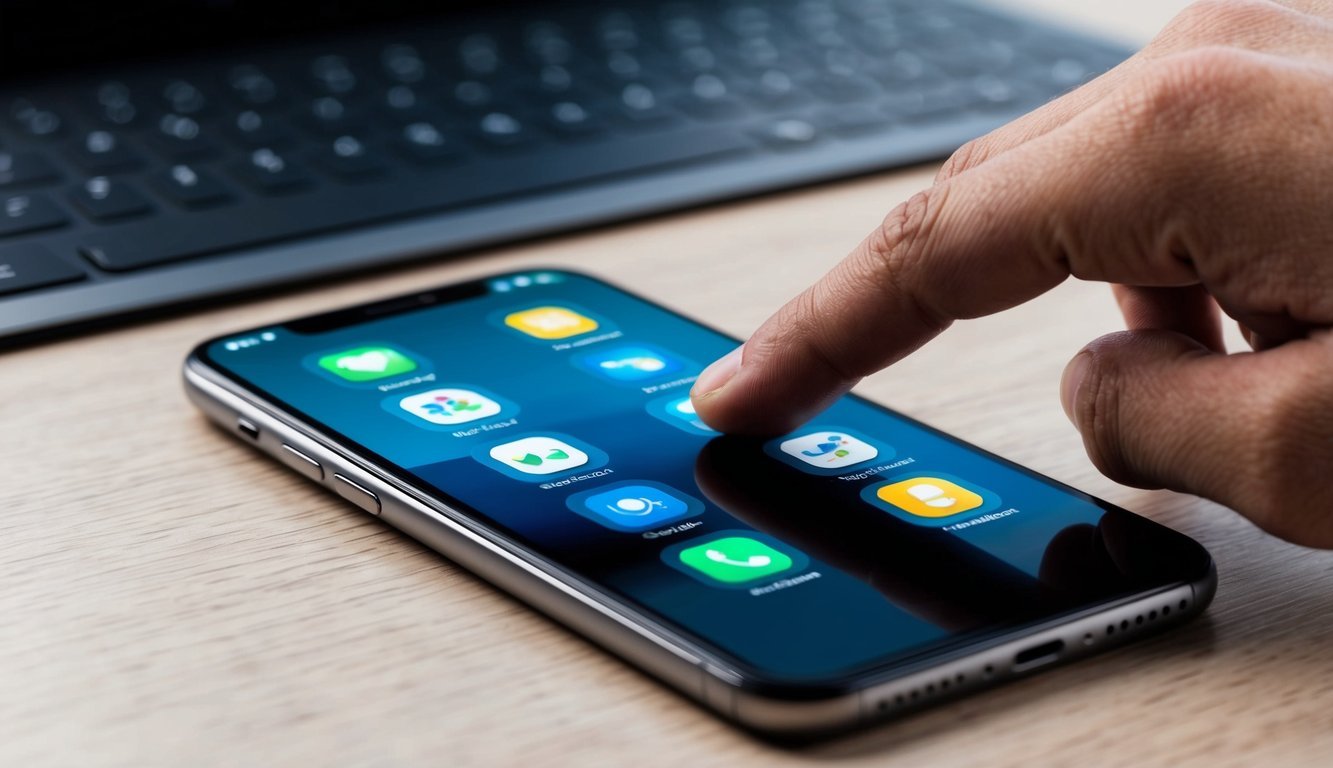
Smartphone interactions can greatly affect mental health and the ability to concentrate. Understanding these impacts is important, especially in how they relate to anxiety, depression, and productivity.
Many people experience increased anxiety and depression due to smartphone use. Fear of Missing Out (FOMO) can lead to constant checking of notifications, which adds to stress.
Studies show that users often feel overwhelmed by the number of notifications they receive. This constant distraction can exacerbate feelings of loneliness and inadequacy.
Managing smartphone usage can help. Setting specific times for checking phones can reduce anxiety.
Additionally, turning off unnecessary notifications can improve mental well-being. This creates space for more meaningful interactions and reduces mental clutter.
Smartphones can both help and hinder focus. While they provide easy access to information, they can also lead to multitasking that disrupts concentration.
Research indicates that only 11% of interactions are triggered by notifications. This means most interactions are self-initiated. However, users may still struggle to focus due to the constant pull of their devices.
To enhance productivity, individuals can benefit from time management techniques.
Methods like the Pomodoro Technique allow users to work in focused bursts, minimizing distractions from phones. Limiting phone use during work or study sessions can also boost overall productivity.
With the right strategies, users can find a balance that supports mental health while improving their focus.
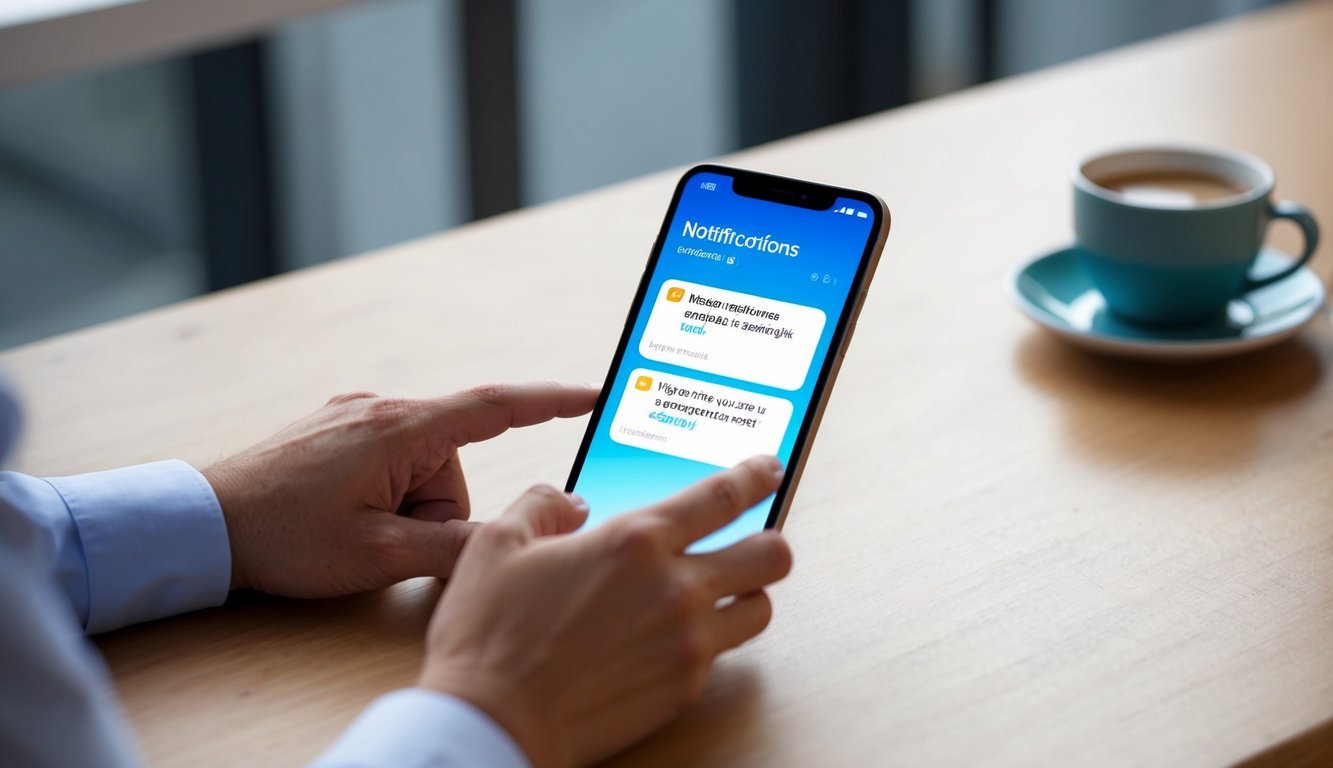
Finding the right balance between smartphone use and relaxation is important for maintaining a healthy lifestyle. Adjusting habits can improve mood and reduce feelings of loneliness, while also ensuring safe usage.
Smartphones provide entertainment and connection but can also interrupt relaxation. To achieve balance, individuals can set specific times for phone use.
For example, they might:
Active notifications can be adjusted to reduce distractions. By doing this, individuals can enjoy both their devices and moments of quiet.
To minimize the negative effects of smartphone use, individuals should focus on mindful habits. Here are a few practical strategies:
By making these changes, individuals can create a healthier relationship with their smartphones. This leads to better mood management and decreases distractions that can arise from constant notifications.
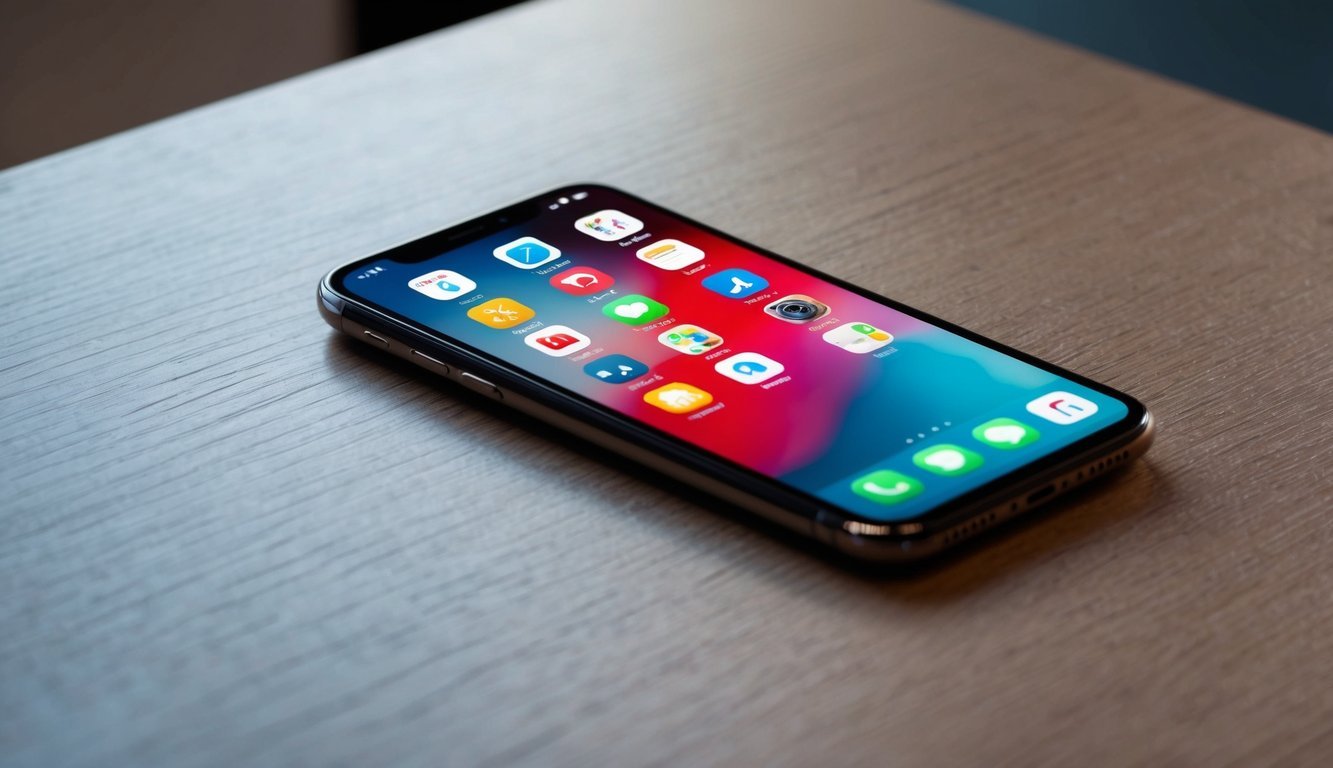
This section addresses common questions about smartphone usage and its effects. The information covers how often people check their phones, impacts on concentration, cognitive functions, and potential disruptions in daily life.
Studies show that individuals check their smartphones numerous times a day. Some people may look at their devices between 50 to 100 times or more daily. This frequent checking can lead to habit formation and automatic behaviors.
Smartphones can distract students during classes and study sessions. Notifications and social media can pull attention away from lessons. This disruption often results in lower focus on academic tasks.
Smartphone usage can impact memory and attention negatively. Constant notifications may make it hard for individuals to concentrate fully. Multitasking on smartphones can also lead to reduced retention of information.
Yes, the mere presence of a smartphone can change how well a person focuses. Research indicates that having a phone nearby can lower attention levels, as individuals may worry about missed notifications or calls.
Smartphones can disrupt everyday activities like conversations, meals, and family time. Frequent checking can interrupt tasks and affect engagement in social situations. This may lead to misunderstandings or feelings of disconnection.
Yes, several studies have looked into smartphone interruptions and their impact on productivity. Research indicates that notifications can decrease work quality and efficiency. This leads to wasted time and effort.